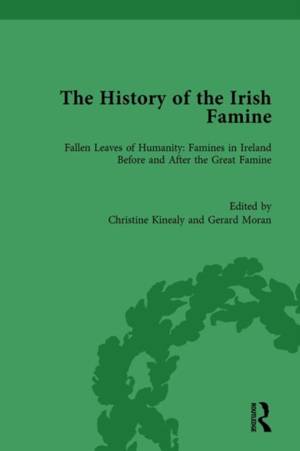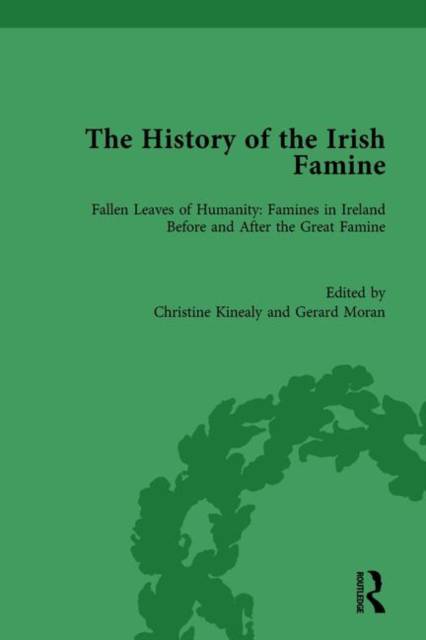
- Retrait gratuit dans votre magasin Club
- 7.000.000 titres dans notre catalogue
- Payer en toute sécurité
- Toujours un magasin près de chez vous
- Retrait gratuit dans votre magasin Club
- 7.000.0000 titres dans notre catalogue
- Payer en toute sécurité
- Toujours un magasin près de chez vous
The History of the Irish Famine
Fallen Leaves of Humanity: Famines in Ireland Before and After the Great Famine
Description
The Great Irish Famine remains one of the most lethal famines in modern world history and a watershed moment in the development of modern Ireland - socially, politically, demographically and culturally. In the space of only four years, Ireland lost twenty-five per cent of its population as a consequence of starvation, disease and large-scale emigration. Certain aspects of the Famine remain contested and controversial, for example the issue of the British government's culpability, proselytism, and the reception of emigrants. However, recent historiographical focus on this famine has overshadowed the impact of other periods of subsistence crisis, both before 1845 and after 1852.
This volume seeks to counterbalance the recent historiographical focus on the Great Irish Famine which has overshadowed the impact of other periods of subsistence crisis, both before 1845 and after 1852. As occurred during the Great Famine, they often resulted in increased levels of evictions, emigration, disease and death, although the scale was lower. While the Great Famine brought major economic, social and demographic changes, large areas of the country retained pre-famine structures with many communities continuing to have a subsistence existence and, consequently, regular crop failures and famines. These lesser known famines are examined in this volume along with the causes and why they did not achieve the scale of the Great Famine.
Spécifications
Parties prenantes
- Editeur:
Contenu
- Nombre de pages :
- 416
- Langue:
- Anglais
- Collection :
Caractéristiques
- EAN:
- 9781138200944
- Date de parution :
- 10-10-18
- Format:
- Livre relié
- Format numérique:
- Genaaid
- Dimensions :
- 156 mm x 233 mm
- Poids :
- 959 g

Les avis
Nous publions uniquement les avis qui respectent les conditions requises. Consultez nos conditions pour les avis.





